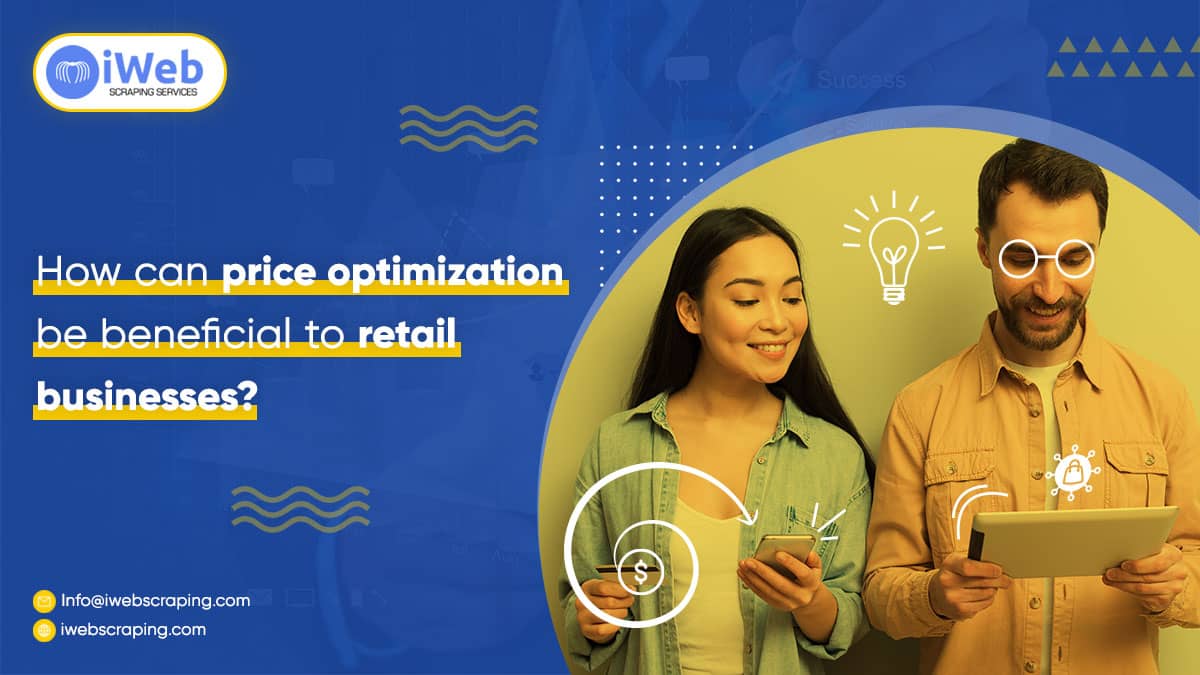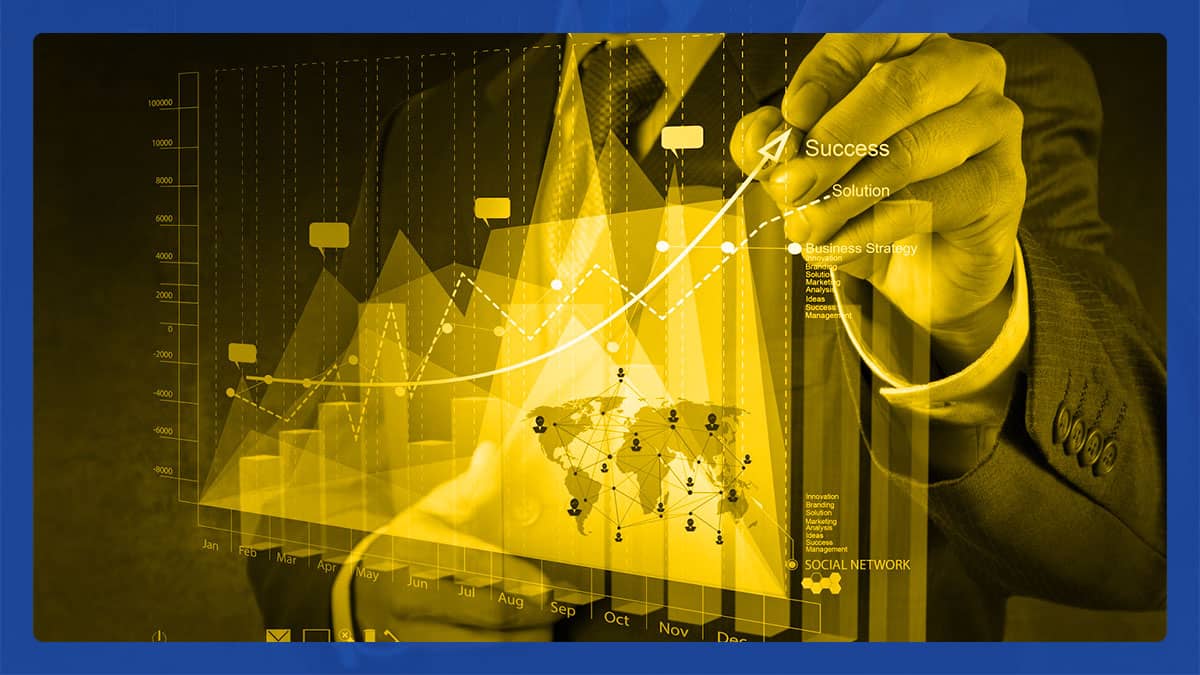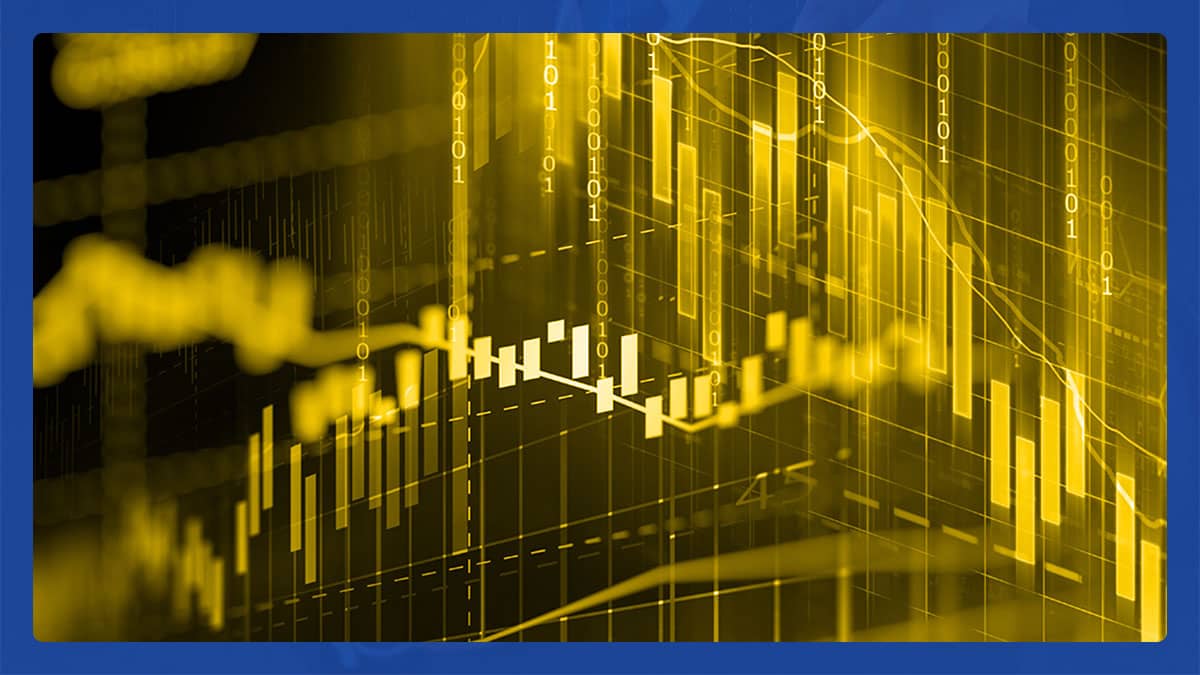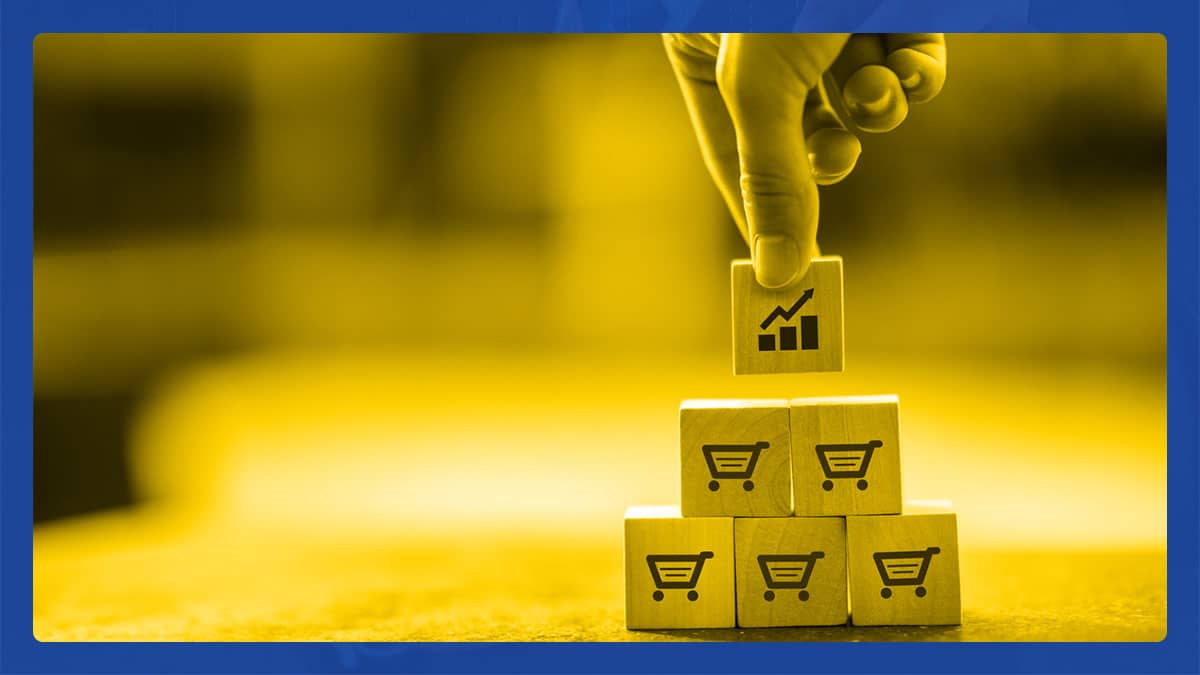How can price optimization be beneficial to retail businesses?

Is Price Optimization beneficial to retail businesses?

Price optimization can benefit retail businesses. It allows retailers to set the right price for their products to increase sales. This approach considers a host of factors in selecting a price, such as total profit, cost, and demand. Some policies consider the product's distribution channel and position on the market.
While others consider how much effort or time is required to sell it. It is helpful for retail businesses to set prices based on some of these incentives or rewards.
Rather than considering how much they paid for it themselves. One example is stores selling laptops at wholesale prices rather than regular retail prices. This results in consumers buying more stuff.
Introduction and history of Price optimization:

In the early 20th century, retailers began implementing price systems. They did this by lowering or raising prices according to market demand to sell more. It was in the 1980s that this approach was refined into the more sophisticated form it is today.
Initially, the focus was on demand forecasts and inventory management rather than satisfying customers. This approach became less valuable with the rise of online commerce. With this approach, retailers can collect more data about their customers and use this to determine prices.
What is price optimization?

Price optimization may take place either manually or through computer software. Dynamic pricing is calculated using software, whereas rule-based pricing is done manually. Both have their benefits and drawbacks.
Price optimization can be used for online and brick-and-mortar small businesses. It increases sales and profitability, delivering personalized offers to customers in real-time. The approach uses extensive data analysis to decide prices. It is based on the customer's history of purchases, which human shoppers need help to do genuinely.
The use of price optimization within retail is a new concept. Online retailers have used it for a long time, but it is only in the last decade that brick-and-mortar retailers have begun to utilize it.
Why should retailers use price optimization?

Retailers use price optimization to maximize profit. It is a tool that has and will continue to grow in demand. Price escalation allows retailers to present customers with offers they are likely to accept. It enables them to increase sales and profit without raising prices.
The idea behind price escalation is that a higher price generates more profit than a lower one will, but lower costs are connected with setting a lower price. The consumer should be offered something at the most competitive price, different from how much the retailer wants. Studies have shown that personalized pricing can increase overall sales by as much as 40% and boost profits by 20%.
Advantages of Price optimization:

It can improve customer experience by offering the best possible price. Personalized pricing is considered one of the most effective ways to improve customer experience.
It allows retailers to create customized promotions that users will be most receptive to and engaged with. Retailers have increased sales and profits by as much as 40% when using personalized pricing. It may not seem like a lot, but it is significant in overall sales.
1. Reduce risk in pricing decisions:
Retailers use price optimization when unsure whether to raise or lower prices. With their customers' help, they can decide on their ideal profit margin and set a lower price.
2. Increase sales and profits:
Retailers can increase sales by 40% or more when using personalized pricing, which is significant in larger retail businesses. The idea is that users will be more willing to purchase at a lower price than at higher ones.
3. Reduce costs:
Personalized pricing allows retailers to reduce the costs related to set prices, like reduced marketing efforts, while increasing profits. Retailers may not have to keep track of their expenses because they are not relying on customers to inform them about their prices.
4. Increase customer loyalty:
Personalized pricing allows retailers to create a loyal customer base, as they will be more likely to purchase items at discounted prices.
5. Increase customer engagement:
Personalized pricing improves customer engagement by allowing customers to be involved in their purchases. They will be more likely to accept lower prices. By offering discounts on specific products and services, they will be more interested in them.
6. Reduce pricing errors:
Retailers make pricing errors on their websites and in physical locations. Those who are selling under them or those who are selling over them may leave retailers with the false impression that they are earning more profit than they are.
7. Boost sales:
Personalized pricing boosts sales by allowing users to purchase at lower prices without knowing the higher price. It will enable users to make impulse purchases, improving sales.
Price optimization tools:

Several products and services are available for retailers who wish to implement this strategy. Some of the best include:
Price optimization is a set of rules or algorithms that retailers must adhere to provide customers with the best prices. Rules and algorithms are used by online retailers, which have been applying them for years. It is an effective marketing strategy for brick-and-mortar retail businesses as well.
A retailer may use various price optimization tools to maximize profits and increase sales. Depending on the product or service, it will require a different approach. But certain factors remain the same across all categories.
New opportunities created by Price optimization in boosting your business

Price optimization can apply to several products and services, such as apparel, electronics, food, etc. There are hundreds of opportunities available for retailers to utilize the strategy. The most successful companies use a combination of price optimization and other methods.
The three most essential elements for retail price optimization are:
Price limitations:
Instead of setting prices at their maximum allowed amount, retailers should set them lower or at their lowest limit to increase sales through personalized deals that customers will accept. E-retailers like Amazon utilize this method. They have different product categories with varying limits of price in place, which attract more customers to other products depending on the variety.
Customers' price/value thresholds:
If customers only purchase a certain number of items, such as toys, at one time, retailers should test their prices and find the most profitable ones to maximize the number of purchases. Retailers could offer the same items in different colors or a bundle deal to encourage customers to make purchases they will not make.
Preferred stores:
Online retailers like Amazon and Walmart allow users to create an account within their web pages. It will enable them to access all the previous purchases they made on that retailer's website. They are giving them the incentive to make future purchases there.
Conclusion
Retailers can use price optimization to maximize profit and increase sales while providing a better customer experience.
Automation is the next step in price optimization. Retailers worldwide are adopting this technology, allowing them to run detailed algorithms that determine prices based on multiple factors. Once retailers have developed pricing models and created retention strategies, they can implement automation on their websites or mobile applications.
